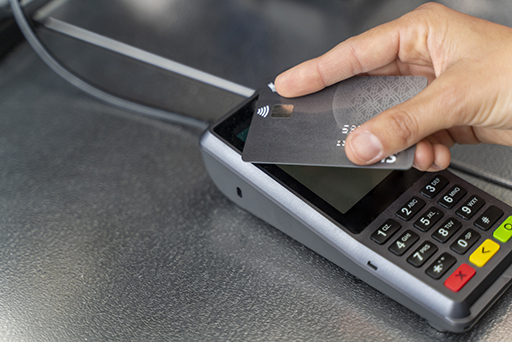3 The Internet of Things
Definitions of the Internet of Things (IoT) vary, but generally they express the idea of devices exchanging information with other devices, usually but not always over the internet. At its heart, the Internet of Things is about machine-to-machine communication.

Some IoT applications are already well established. Credit-card readers in shops are very familiar. A more recent example is the so-called smart meter, such as an electricity meter that uploads its own readings to an electricity company, removing the need for a meter reader to call occasionally.
IoT is expected to become really innovative only when it is supported by automated, ‘intelligent’ processes. With the addition of automated intelligent processes, IoT could transform manufacturing, commerce and home life – according to some of its more zealous proponents. In fact, the term ‘Internet of Things’ is often shorthand for a new era of technological progress in which familiar objects and services, such as household utensils and appliances, cars, public transport, refuse collection, and so on, become ‘smart’.
Whether the Internet of Things turns out to be as transformative as is sometimes claimed remains to be seen, but the concept of IoT has provoked a lot of interest in the worlds of research and business.
